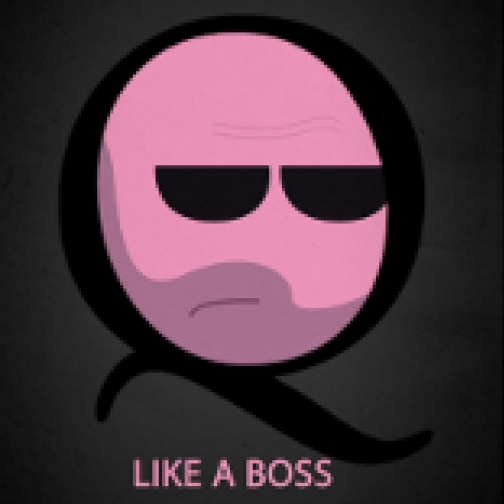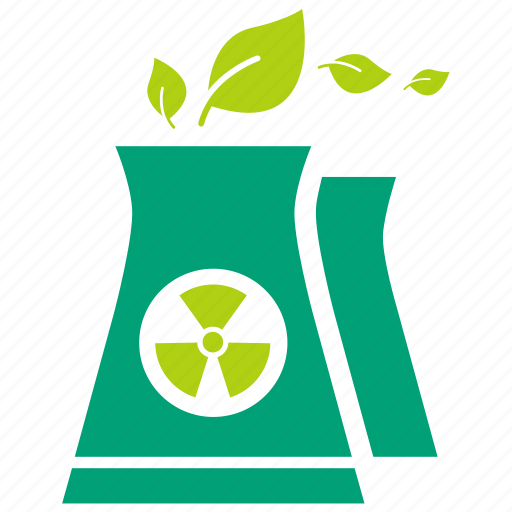International Atomic Energy Agency (IAEA) Director General Rafael Mariano Grossi intends to visit the Kursk nuclear power plant in Russia next week following reports that the remains of a drone were found within the territory of the plant.
Russian authorities informed the IAEA that the drone fragments were located roughly 100 metres from the plant’s used nuclear fuel storage facility. The IAEA said it was told that the drone was “suppressed” in the early morning of 22 August.
Grossi has confirmed his intention to personally assess the situation at the site during his visit next week. During his visit, he will “discuss modalities for further activities as may be needed to evaluate the nuclear safety and security conditions of the Kursk nuclear power plant.”
“Military activity in the vicinity of a nuclear power plant is a serious risk to nuclear safety and security,” Grossi said. “My visit to KNPP next week will provide us with timely access to independently assess the situation.”
On 9 August, the IAEA said it was monitoring the situation after Ukrainian forces advanced 30 kilometres into Russia’s Kursk region, bordering Ukraine. They had reportedly advanced within 50 kilometres of the Kursk nuclear power plant.
The report of a drone at the Kursk plant comes just days after a drone struck on a road near the perimeter of the Russian-held Zaporizhzhia nuclear power plant in Ukraine. On 17 August, an explosive carried by a drone detonated just outside the plant’s protected area, close to the cooling water sprinkler ponds and about 100 metres from the Dniprovska power line, which is the only remaining 750 kilovolt line providing external power supply to the plant.
Recent days have seen a fire in one of the cooling towers at the Zaporizhzhia plant and damage to a power and water substation in nearby Energodar, where many of the nuclear power plant workers and their families live.
The six-unit Zaporizhzhia nuclear power plant - or ZNPP - is Europe’s largest nuclear power plant, has been under Russian military control since early March 2022. It is close to the frontline between Russian and Ukrainian forces.
Ukraine and Russia each accuse the other side of putting nuclear safety at risk and breaching the IAEA’s central safety principles for nuclear facilities. Grossi explained at the United Nations in April that the IAEA would not attribute blame without “indisputable proof” and said the agency aims to “keep the information as accurate as we can and we do not trade into speculating”.

